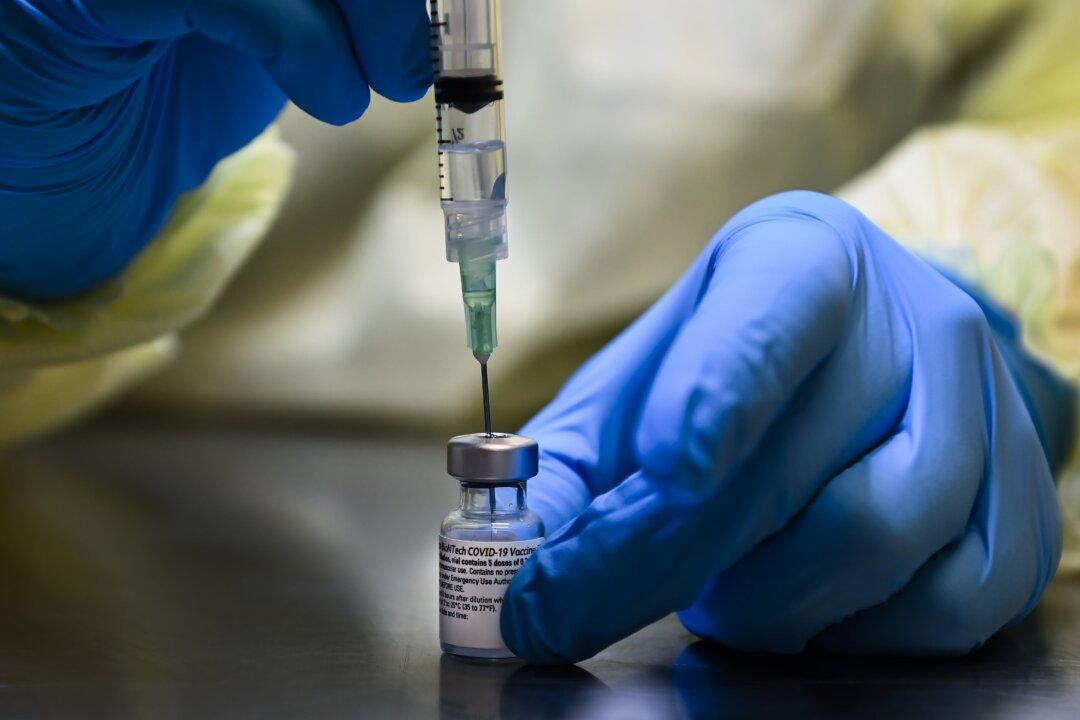An analysis of COVID-19 transmission by researchers at the University of California–San Francisco (UCSF) found that both natural immunity from prior infection and COVID-19 vaccines helped to reduce the likelihood of transmission.
California Prison Study Finds Natural Immunity and Vaccines Both Reduce COVID-19 Transmission

A health care worker prepares a dose of the Pfizer-BioNTech COVID-19 vaccine at a UHN COVID-19 vaccine clinic in Toronto on Jan. 7, 2021. Nathan Denette/The Canadian Press




